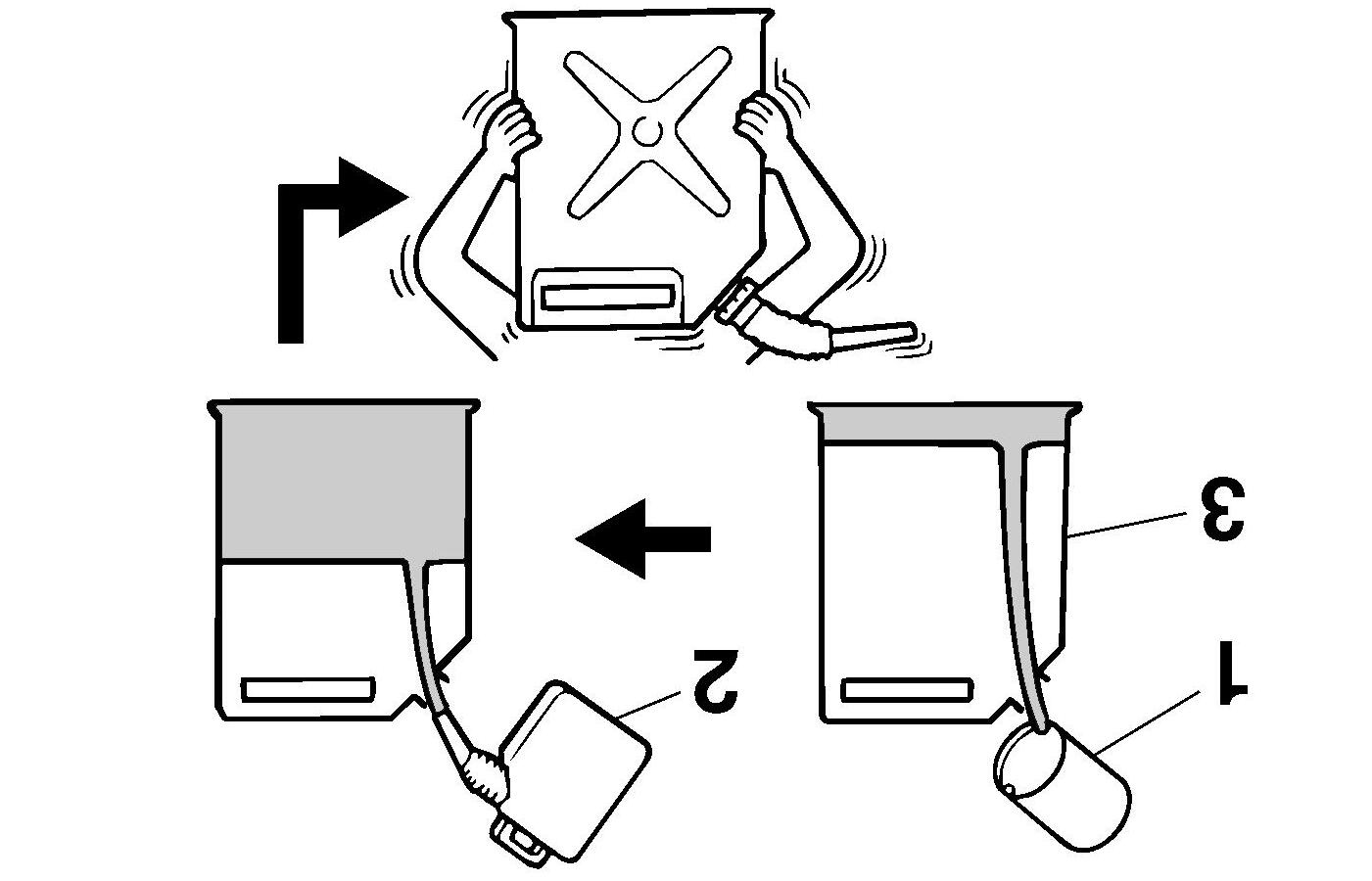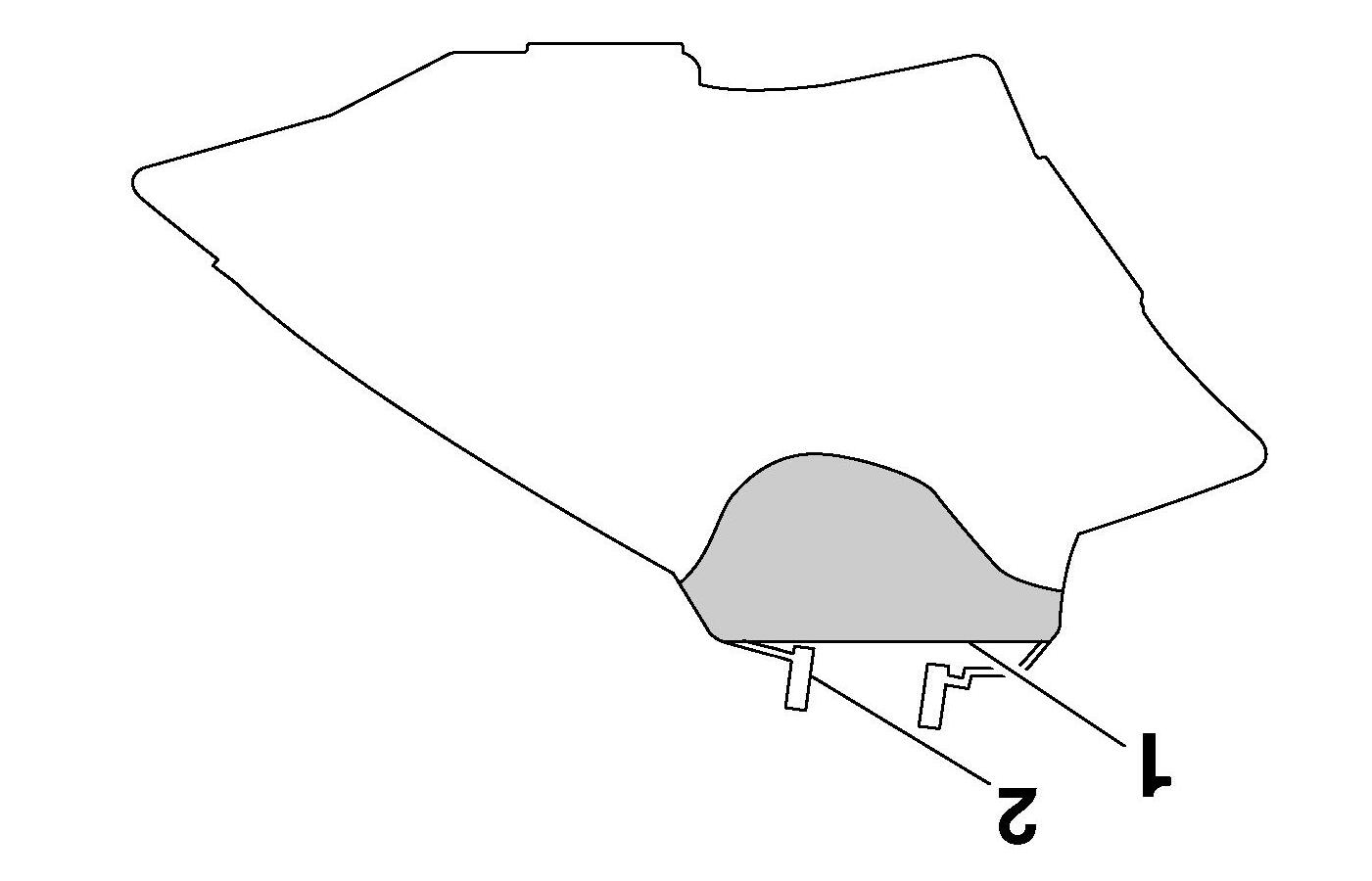
2 minute read
INSTRUMENT AND CONTROL FUNCTIONS
EAU13182
Fuel tank cap
Fuel
EAU41833
This motorcycle has been designed to use a premixed fuel of gasoline and 2stroke engine oil. Always mix the gasoline and oil in a clean container before filling the fuel tank.
ECA15601
Notice
1.Fuel tank cap
To remove the fuel tank cap, turn it counterclockwise, and then pull it off. To install the fuel tank cap, insert it into the tank opening, and then turn it clockwise.
EWA11091
Warning
Make sure that the fuel tank cap is properly closed after filling fuel. Leaking fuel is a fire hazard.
Always use fresh gasoline, and fill the fuel tank with a fresh mix just before riding. Do not use premixed fuel that is more than a few hours old.
Mixing gasoline and 2-stroke engine oil
Pour 2-stroke engine oil into a clean container, and then add gasoline. To mix the fuel thoroughly, shake the container from side to side.
1.2-stroke engine oil
2.Gasoline
3.Container Recommended fuel:
Premium unleaded gasoline only
Recommended 2-stroke engine oil: See page 9-1.
Fuel tank capacity:
5.0 L (1.32 US gal, 1.10Imp.gal)
Mixing ratios (gasoline to oil):
Break-in period: 15:1
After break-in: 30:1
Notice
ECA15590
Use only unleaded gasoline. The use of leaded gasoline will cause severe damage to internal engine parts, such as the piston rings as well as to the exhaust system.
Your Yamaha engine has been designed to use premium unleaded gasoline with a pump octane number [(R+M)/2] of 91 or higher, or a research octane number of 95 or higher. If knocking (or pinging) occurs, use a gasoline of a different brand. If the recommended 2-stroke engine oil is not available, use an equivalent oil.
ECA15551

Notice
Never mix two brands of 2-stroke engine oil in the same batch. Always use the same type of oil to ensure maximum engine performance. Should it be necessary to use a different oil brand, be sure to drain the fuel tank and the carburetor float chamber of the old premixed fuel prior to filling with the new type.
Filling the fuel tank
other sources of ignition such as the pilot lights of water heaters and clothes dryers.
2.Do not overfill the fuel tank. Stop filling when the fuel reaches the bottom of the filler tube. Because fuel expands when it heats up, heat from the engine or the sun can cause fuel to spill out of the fuel tank.
Make sure there is sufficient gasoline in the tank.
EWA10881
WARNING
Gasoline and gasoline vapors are extremely flammable. To avoid fires and explosions and to reduce the risk of injury when refueling, follow these instructions.
1.Before refueling, turn off the engine and be sure that no one is sitting on the vehicle. Never refuel while smoking, or while in the vicinity of sparks, open flames, or
3.Wipe up any spilled fuel immediately. NOTICE: Immediately wipe off spilled fuel with a clean, dry, soft cloth, since fuel may deteriorate painted surfaces or plastic parts. [ECA10071]
4.Be sure to securely close the fuel tank cap.
EWA15151
WARNING
Gasoline is poisonous and can cause injury or death. Handle gasoline with care. Never siphon gasoline by mouth. If you should swallow some gasoline or inhale a lot of gasoline vapor, or get some gasoline in your eyes, see your doctor immediately. If gasoline spills on your skin,


